High availability clusters: All you need to know
Key points
- High availability clusters are multiple computers working as a single system to minimize downtime.
- Benefits of high availability clusters include high performance and reliability, minimized downtime, availability during planned outages, and reduced risk of data loss.
- High availability clusters are more expensive than traditional servers, so they may not be financially feasible for all businesses. They may also not be necessary for businesses that can afford some downtime.
- Factors to look for when choosing HA clusters are scalability, redundancy, multiple locations, and disaster recovery.
- Liquid Web offers high availability hosting with a 100% network uptime guarantee.
Server availability is a crucial factor for running businesses today. As most organizations continue operating around the clock online, even a few minutes of downtime can significantly impact the business.
In a survey by IBM, over 75% of participants said downtime impacts on customer experience, employee satisfaction, and finances were important.
To minimize expensive downtimes, many companies now opt for high availability clusters. These clusters use multiple systems that automatically kick in if one fails to ensure minimal downtime and higher availability.
This guide covers what high availability (HA) clusters are, how they benefit your business, and the best practices for implementing them.
Here’s what we’ll cover:
High availability (HA) clusters: What are they?
A high availability cluster is a server cluster that works together as a single system to ensure continuous availability and minimal downtime.
These clusters are multiple computers with connected databases. A load balancer program distributes the workload among all the computers so that no single node (computer) deals with too much traffic.
If one node fails in an HA cluster, the workload instantly passes on to the remaining computers, eliminating the risk of a single failure point. Basically, you have multiple backup computers to ensure continuous availability. Due to this ability, they are also called failover clusters.
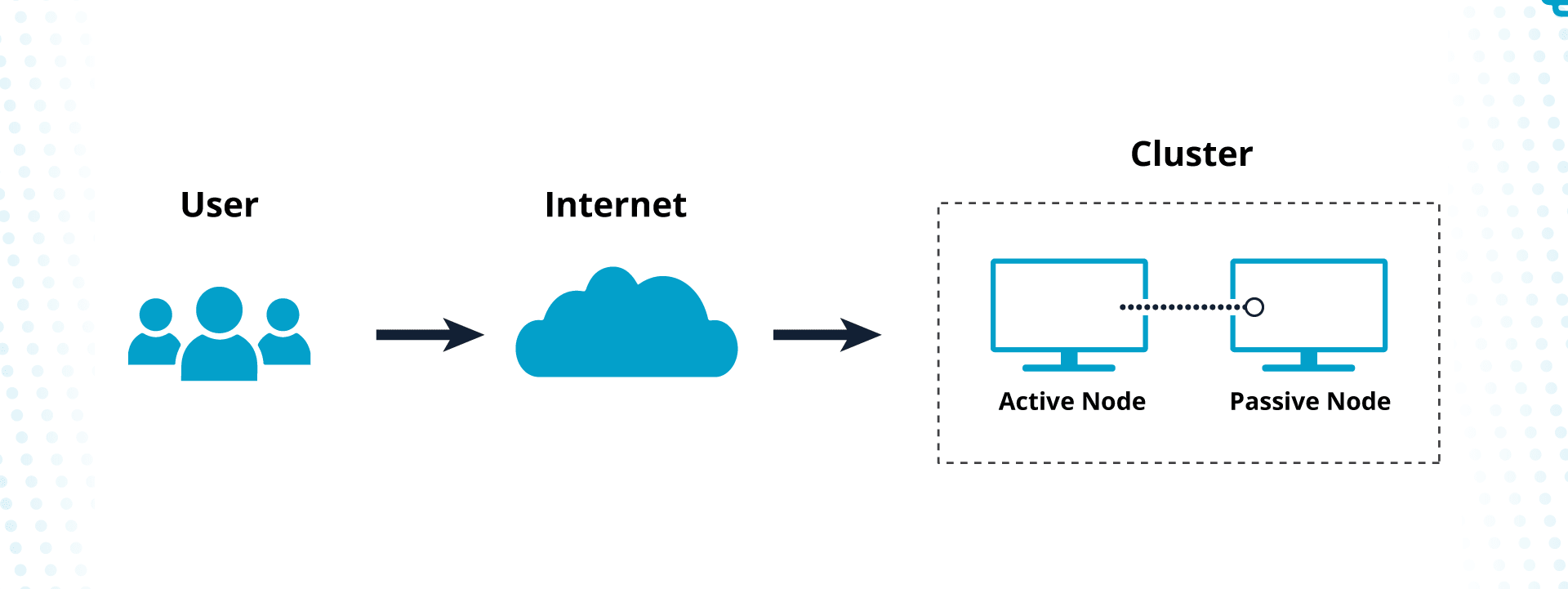
With a traditional server using a single computer and database, downtime occurs anytime operations pause due to overload or error since there is no backup computer to take on the work.
Depending on how the servers operate, high availability clusters are classified into three categories:
1. Active/active clustering
In active/active clusters, all the nodes actively serve clients. For example, if the cluster has two nodes, both are accessible by clients and handle all operations.
If the first node fails, the operations are directly moved to the other active node, which now handles double its initial workload. Once the other node is fixed, the workload is again evenly distributed among both computers.
2. Active/passive clustering
Active/passive clusters have few nodes that are always active, while other nodes are passive or on standby. When one of the active nodes fails, the load shifts to a passive node, which is now accessible to clients. In this case, there is no risk of overloading another active node when the load is shifted.
3. Hybrid clustering
Hybrid clusters have both active/active and active/passive elements. It has multiple active nodes and extra passive nodes for workload distribution in case an active node fails.
If the active computers are overburdened or experience errors, hybrid clusters can move the workload to whichever nodes are best able to handle the extra work.
Benefits of high availability clusters
Many companies choose high availability systems to ensure that their business is always up and running. HA clusters go far beyond just minimizing downtime and provide several strong benefits:
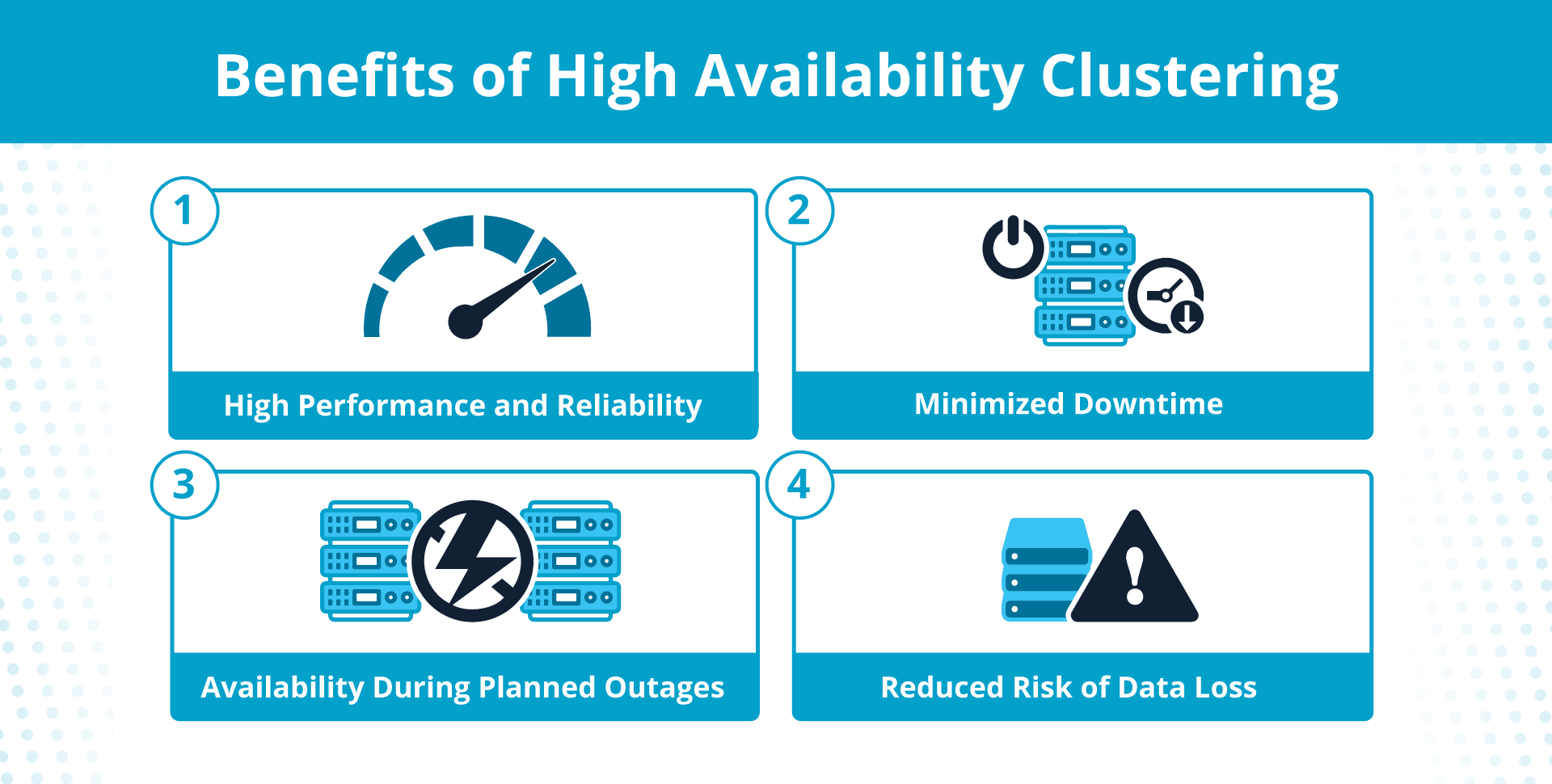
High performance and reliability
High availability clusters offer the performance capability of multiple computers instead of just one.
The load balancer distributes traffic to all virtual machines, ensuring all computers work optimally at any given time. This ensures better performance and faster processing time instead of a single point becoming overloaded and potentially failing.
Minimized downtime
Unplanned downtimes have severe financial implications for any business. Whether the cause is a hurricane or a single point of failure due to someone tripping over a power cord, downtime costs money. Every minute of downtime could cost $9,000 or more, meaning over a half million in losses in a single hour.
But with high availability systems, one of the major benefits is minimized downtime. HA systems have several computers that independently run client operations so that if one fails, the system automatically redirects the load toward other nodes instead of the system crashing.
High availability clusters are designed to have better than average uptime, with a common rule of thumb being 99.999%, also known as the five nines reliability, resulting in less than six minutes of downtime annually. Liquid Web goes a step beyond and offers a 100% network uptime guarantee.
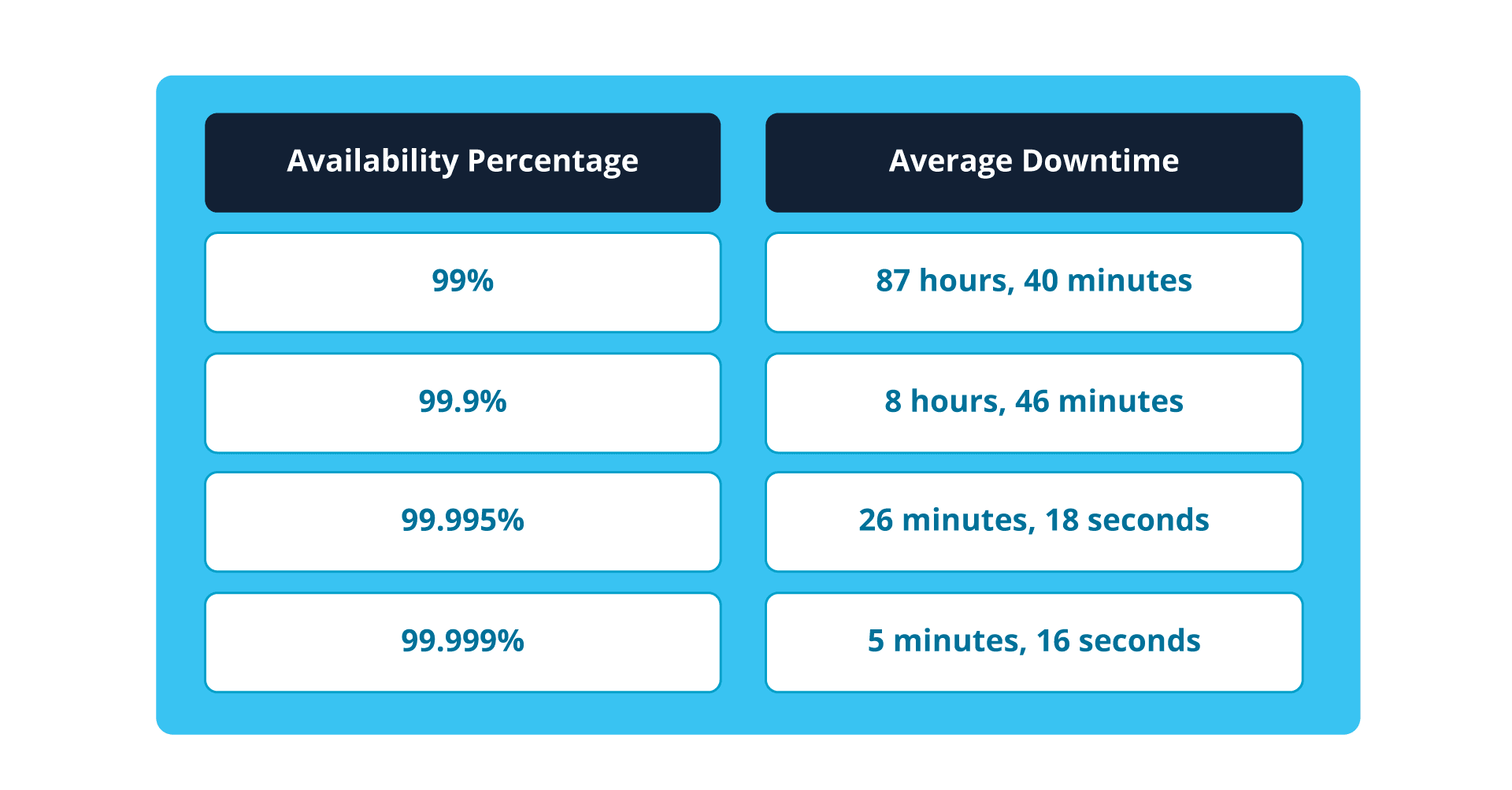
Availability during planned outages
Planned or not, downtimes still cause loss of revenue and business due to the unavailability of servers. However, if you use high availability clusters, you don’t need to shut down entire systems for routine maintenance or troubleshooting.
Instead, you can shut down and upgrade a part of the system while other nodes continue handling business operations. You can also carry out certain maintenance tasks like local upgrades related to a single computer without disturbing other nodes.
Reduced risk of data loss
All nodes in a high availability server have access to your data through shared storage or replication. Though hardware specifications might be different, all nodes have the same firewalls, file systems, and operating systems like Windows or Linux.
When a cluster node failure occurs, other nodes in the server system can replicate your data and process to continue working on operations with the help of APIs.
This reduces the risk of data loss, a major consequence of server outages. Data backup and recovery are also easier with HA clusters, as most of your data is stored in more than one location, reducing the risk of single-point failures.
Who is high availability clustering for?
High availability systems are technically suitable for all businesses. They minimize downtime and offer continuous availability — something every industry will benefit from.
But the only caveat is high availability clusters are more expensive when compared to traditional servers. While all businesses can use them, it might not be necessary or financially feasible for some businesses to increase their spend on web servers.
For example, a local business that earns most of its revenue offline can afford a few minutes or even an hour of downtime yearly. Such a business probably doesn’t need to spend additional money on high availability clusters until they become more web dependent.
However, an ecommerce business that needs to be live 24x7 to earn global sales can significantly benefit from using HA clusters.
Ultimately, it boils down to the cost-benefit of the use case when investing in high availability servers. If you want to know whether HA servers are right for you, you need to first calculate the cost of downtime.
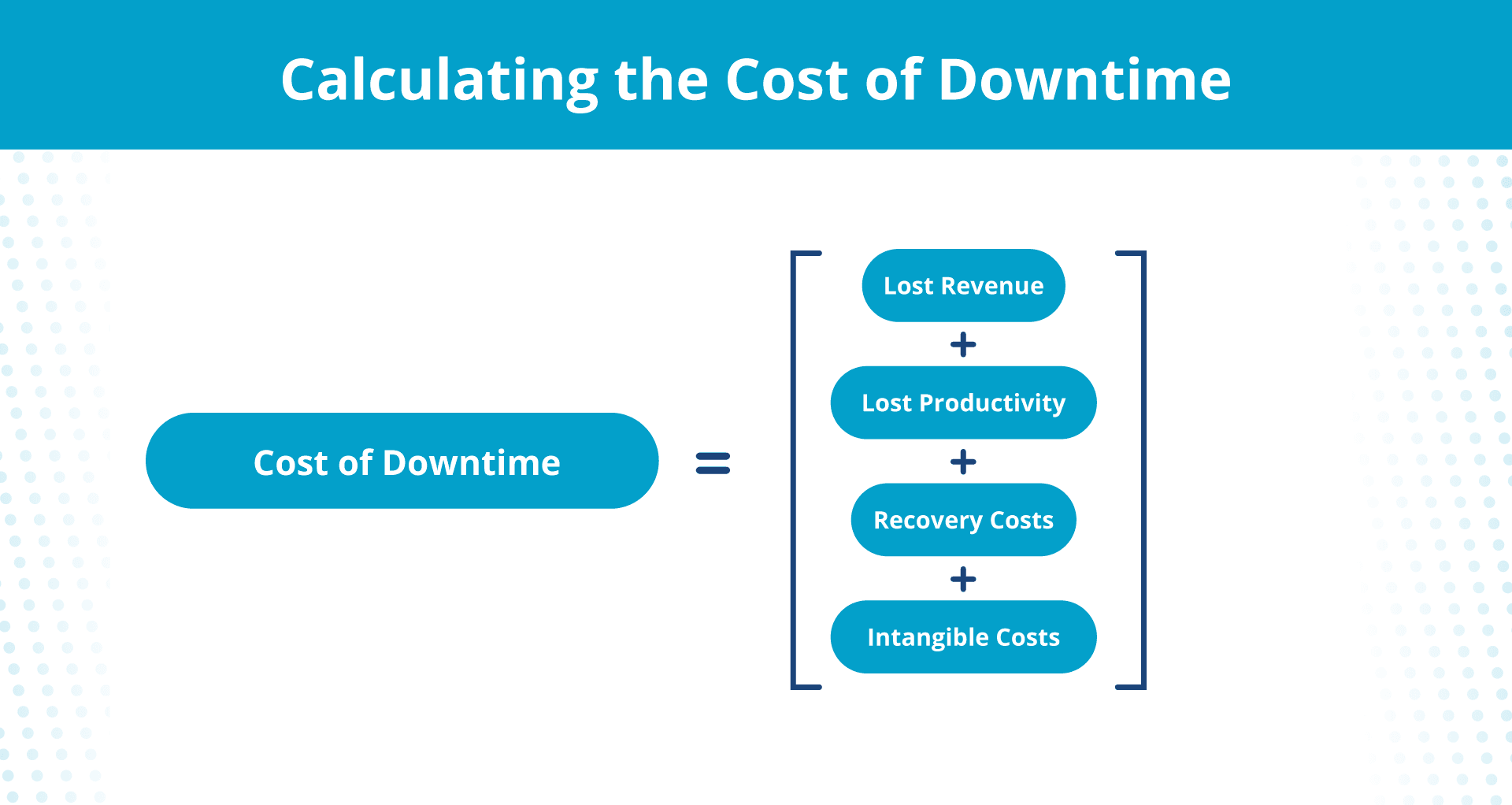
This includes the upfront cost of lost sales during the duration of the downtime and also the hidden costs of loss of customer trust, loss of opportunities, and wasted advertising and marketing costs.
Over 60% of outages result in a loss of $100,000 or more. But depending on the type of business, the cost of downtime can be anywhere between a few hundred to tens of thousands of dollars.
If the expected downtime cost exceeds the cost of implementing an HA cluster, then you’ll benefit from using HA servers to minimize unplanned downtimes.
If you decide to use high availability clusters, there are a few factors you need to consider when shopping for a provider.
Factors to look for when choosing HA clusters
High availability clusters save business costs by ensuring continuous availability. When shopping for an HA cluster provider, be sure that their product includes the following essential features.
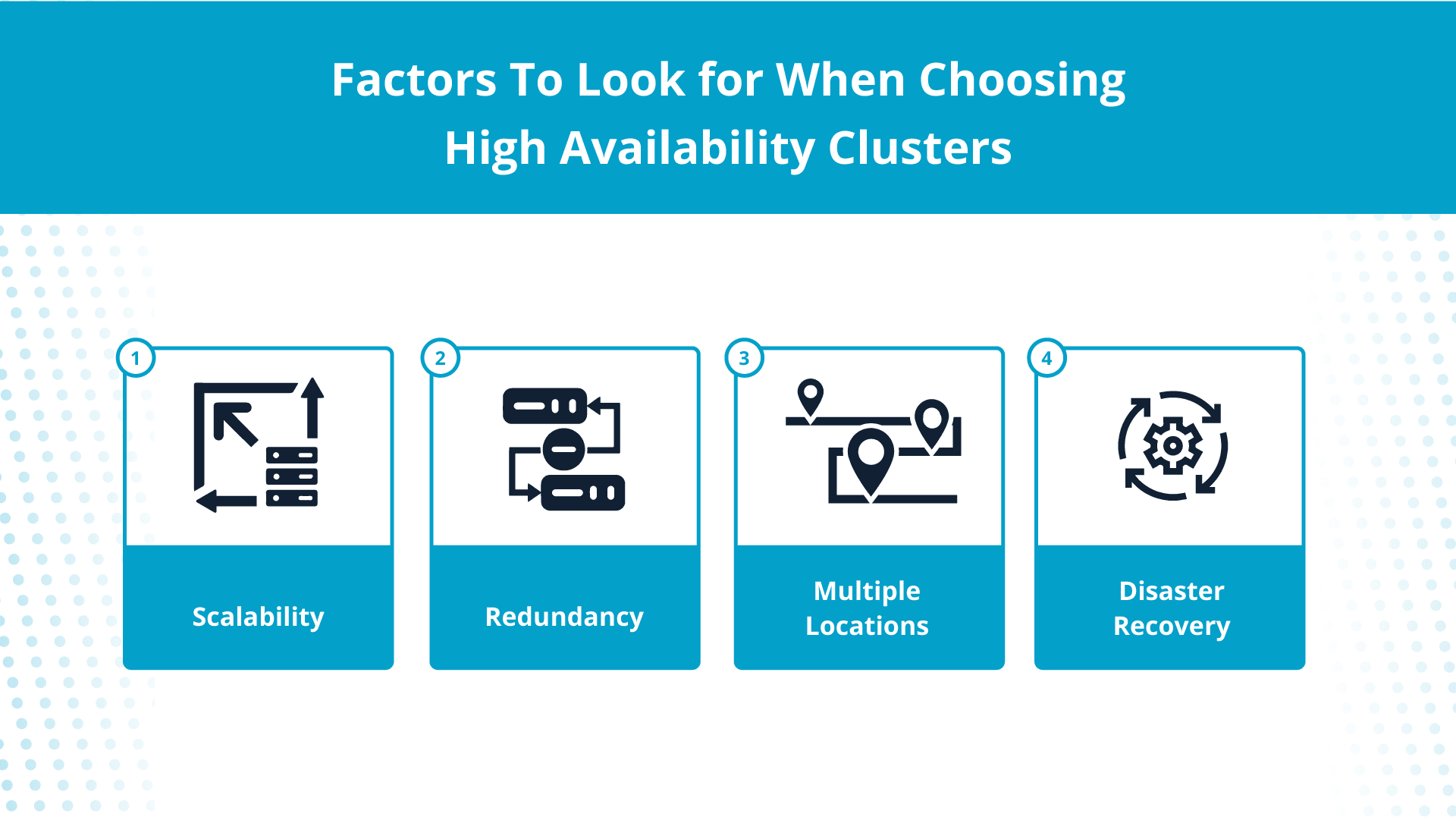
Scalability
If you want to avoid unnecessary costs and resource utilization, you need high availability servers with autoscaling. Autoscaling is the ability of server systems to automatically increase or decrease the utilization of resources when the workload fluctuates.
Nodes, instances, RAM, and memory can all be scaled. This ensures that you always have available resources when you need them without utilizing them when the load is low.
Server monitoring plugins can help you track server performance and detect errors quickly. You can also switch nodes and transfer load to other servers in case you notice increased error rates or reduced performance.
Redundancy
Redundancy is the availability of additional components that continue handling operations in case of unexpected issues.
High availability clusters need to be redundant in all aspects. Every single node should be able to perform the same tasks as other nodes independently.
This means you need to have backup components for hardware, software, power supply, and network functions.
With redundancy, other nodes of a server act as backups for critical operations and applications. This distributes the risk, ensures instant failover, and increases the fault tolerance of servers.
But redundancy also means additional costs for keeping resources on standby. To keep these costs at a minimum, you’ll need to determine the maximum workload that HA clusters need to process. This, in turn, will help you choose a server capacity, cluster type, and the required number of nodes.
You’ll also need to determine the main issues that need focus. For example, having multiple active nodes can be useful if you frequently process a high workload during certain times of the day. Similarly, you might need redundant memory, disk drives, or even network cards to accommodate your requirements.
Multiple locations

High availability servers provide continuous availability by using multiple nodes. However, if all nodes are situated in the same geographical location, the servers may be prone to location-based issues such as natural disasters or power outages.
To prevent this, you need a high availability cluster with servers distributed worldwide. This secures server operations even if one of the locations is compromised.
Disaster recovery
Though high availability clusters have very little downtime and data loss risk, they can still face major failures from natural disasters or cyberattacks that can cause the entire system to shut down.
Data loss can also be caused by human error, power or network outages, or hardware failures that affect the entire system. To prevent this, choosing an HA cluster with a robust data backup and disaster recovery plan is essential.
If your high availability servers do not replicate physical systems, you also need a fault tolerance plan to protect both software and hardware. This combination allows you to maintain continuous availability even when you face large-scale outages.
Final thoughts: Is high availability clustering right for you?
If you want your business to be always available for customers, high availability clusters are an excellent solution. They ensure minimal downtime and continuous availability. This helps keep your business running even when a component of your server fails.
However, choosing the right service provider is essential to ensure reliability. Liquid Web’s high availability hosting solutions are designed for all industries — from ecommerce to SaaS. They ensure data replication, resource monitoring, and around-the-clock expert support.
Ready to protect your operations with high availability clustering? Check out the high availability plans by Liquid Web.
Related Resources

Jake Fellows
Jake Fellows is the Sophisticated Hosting Product Manager for Liquid Web's Managed Hosting products and services. He has over 10 years experience involving several fields of the technology industry, including hosting, healthcare, and IT-system architecture. On his time off, he can be found in front of some form of screen enjoying movies, video games, or researching into one of his many technical side projects.
Keep up to date with the latest Hosting news.



